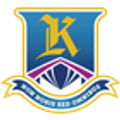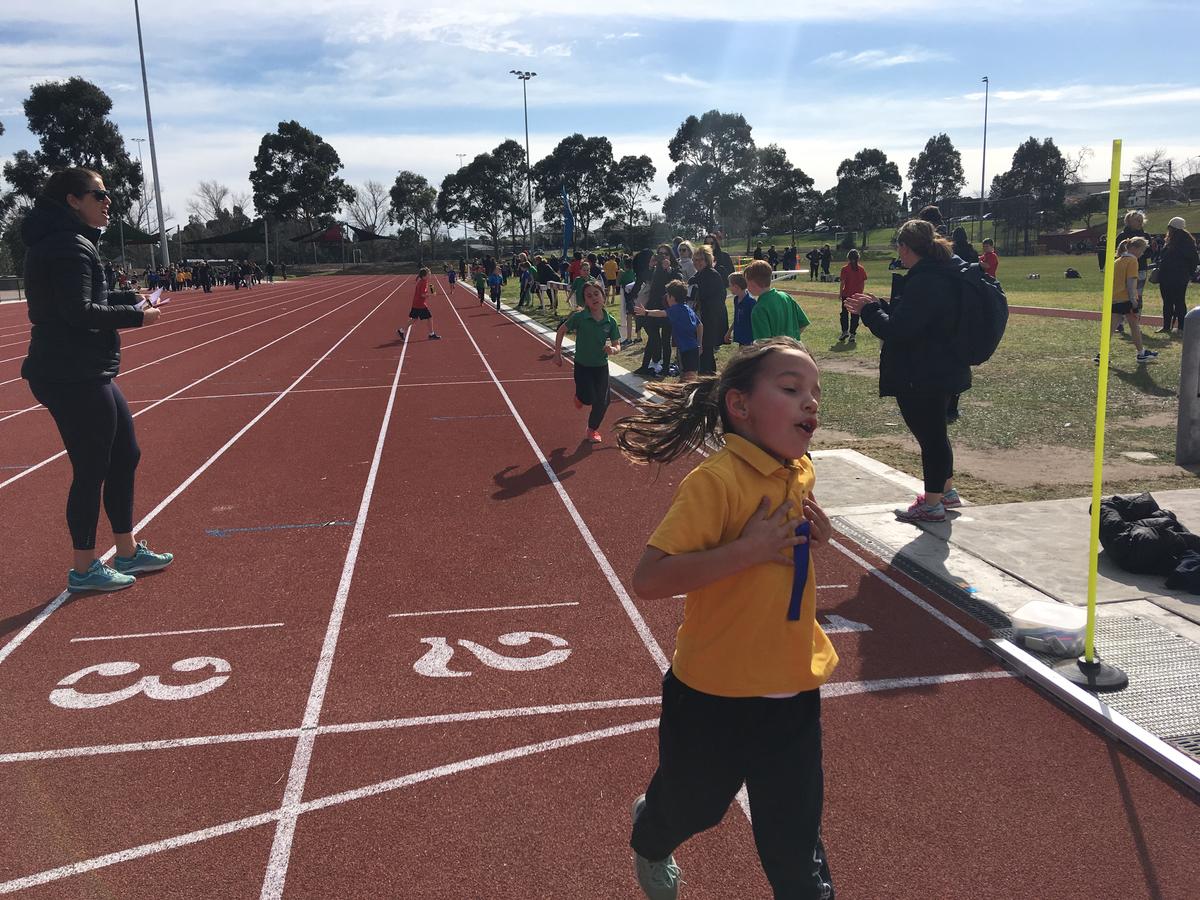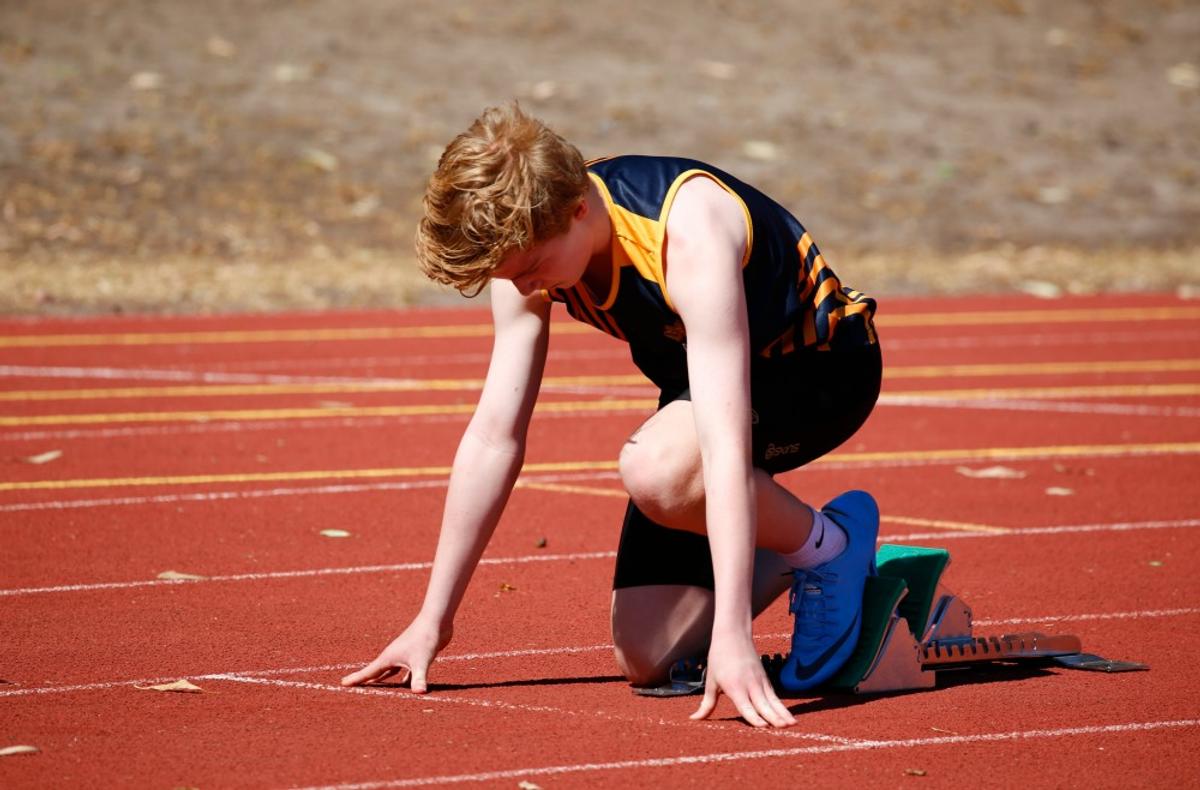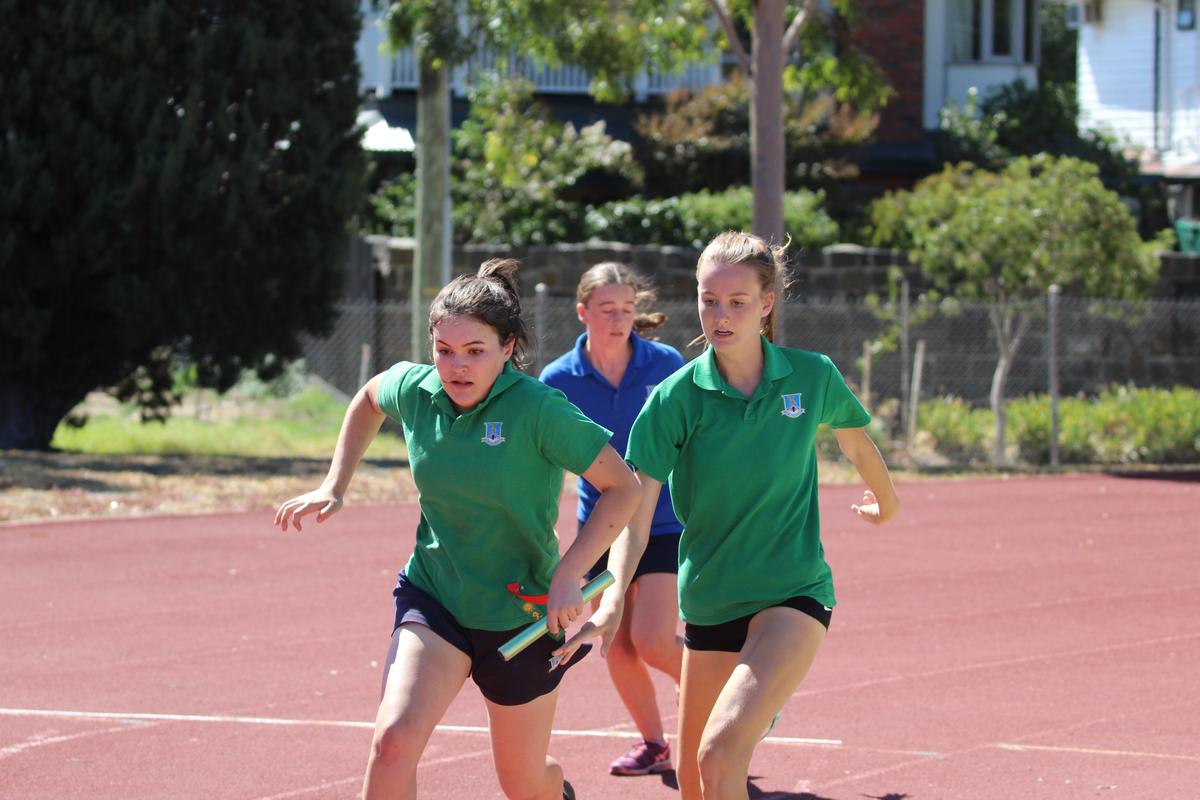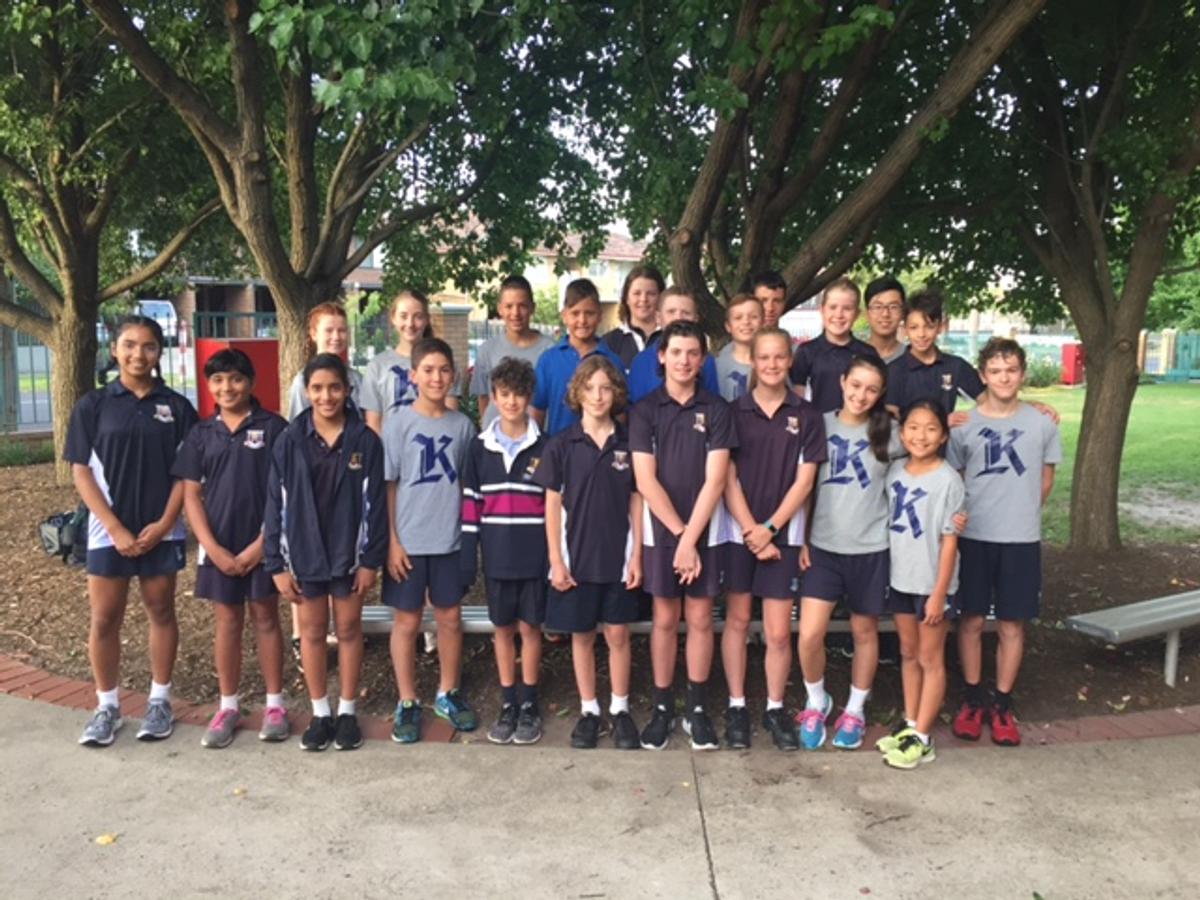From Your Leadership Team
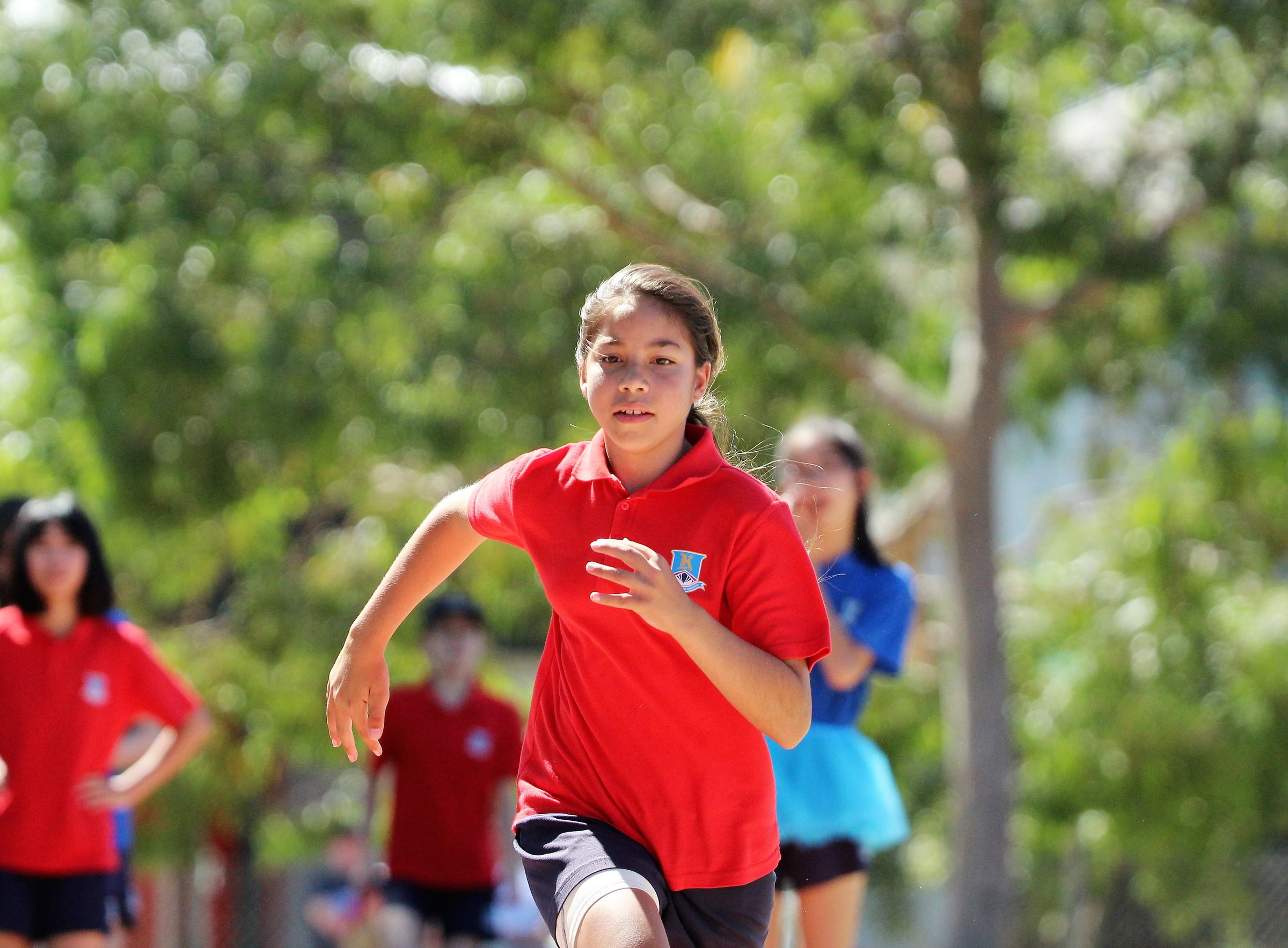
The Benefits of Physical Activity
Sebastian Earle, Head of Junior School
In warmer than expected weather, the Junior School students put their athleticism, endurance and teamwork to the test at the Junior School House Athletics Carnival on Friday 3 August. The event was a huge success with students enjoying the opportunity to take part in both traditional athletics events and novelty events.
Fysh House was the eventual winner and whilst the competitive House spirit was clearly evident throughout the day, the main aim was to promote enjoyment and participation of physical activity. The event was also a timely reminder of the important role regular exercise and sport can play in the development of school-aged students.
Contributing to Mental Health and Academic Performance
Whilst much is understood about the physical benefits of exercise for young and adolescent children including supporting endurance, strength and flexibility, we should also acknowledge its value towards nurturing positive mental health.
Recently, the School published an article on the Kilvington blog titled 'The Impact of Exercise on the Brain.' It outlined the significant research that supports the theory that physical exercise promotes brain development, particularly in children.
Several cognitive benefits include boosting memory, improving sleep, reducing stress and anxiety, improving attention and enhancing creativity. These can all have a positive impact upon children’s academic achievement.
Furthermore, sports and exercise can also influence social development during key stages of childhood. They can provide lessons in teamwork, assertiveness, resilience and competition – key skills that will be valuable as students navigate themselves through the workforce in the future.
How Much Exercise is Enough?
The World Health Organisation suggests children and young people should accumulate at least 60 minutes of moderate to vigorous physical activity daily. This activity can be a mixture of play, games, sports, recreation or planned exercise.
Even household chores can be counted as physical activity, however participation in this activity is possibly the least preferred by young people! Even if a child is not yet doing 60 minutes of activity per day, working towards this goal can have a positive physical and psychological influence.
A great way for Kilvington students to start getting physically active is committing to the Kilvington After-School Sport Training Program offered throughout the week.
- Senior Training (Y10 – Y12) – Monday
- EISM Intermediate Training (Y8 & Y9) – Tuesday
- EISM Junior Training (Y7) – Thursday
- Balaclava Sport Training (Y5 & Y6) – Wednesday
- Sports Club (Y2 – Y6) – Wednesday
Students can also participate in the School’s running club – the Kelpies – which runs every Tuesday morning from 7.30am from the School ‘rain, hail or shine’.
With the upcoming Years 7 to 12 House Cross Country Carnival fast approaching, there is no time like the present to start encouraging young children and adolescents to get active and involved in sports and exercise. The benefits are countless not to mention they might have fun in the meantime!
References
- Exercise training increases size of hippocampus and improves memory. -Erickson KI1, Voss MW, Prakash RS, Basak C, Szabo A, Chaddock L, Kim JS, Heo S, Alves H, White SM, Wojcicki TR, Mailey E, Vieira VJ, Martin SA, Pence BD, Woods JA, McAuley E, Kramer AF.
- Effects of one versus two bouts of moderate intensity physical activity on selective attention during a school morning in Dutch primary schoolchildren: A randomized controlled trial. Altenburg TM, Chinapaw MJ, Singh AS.
